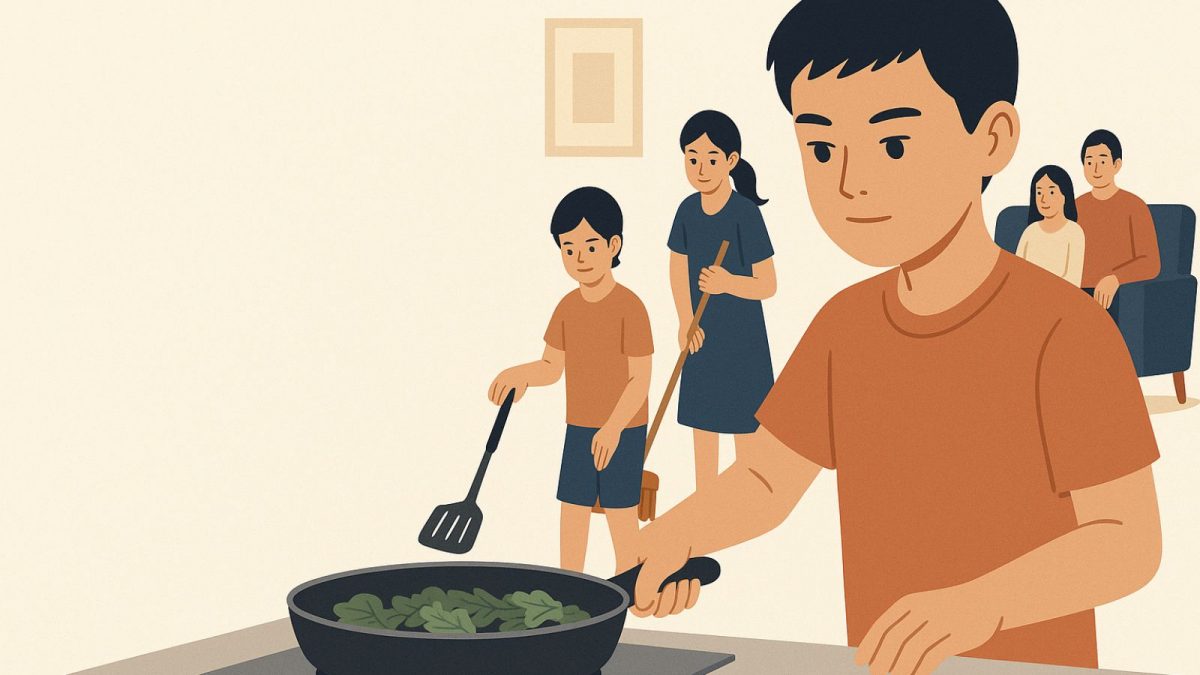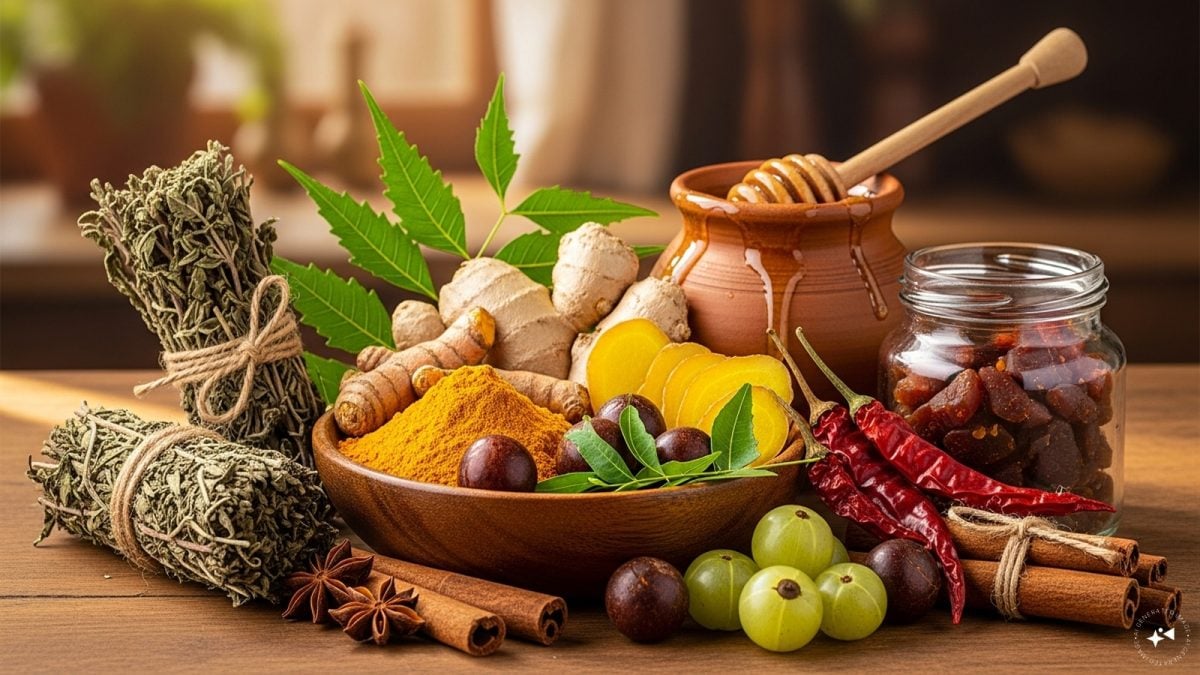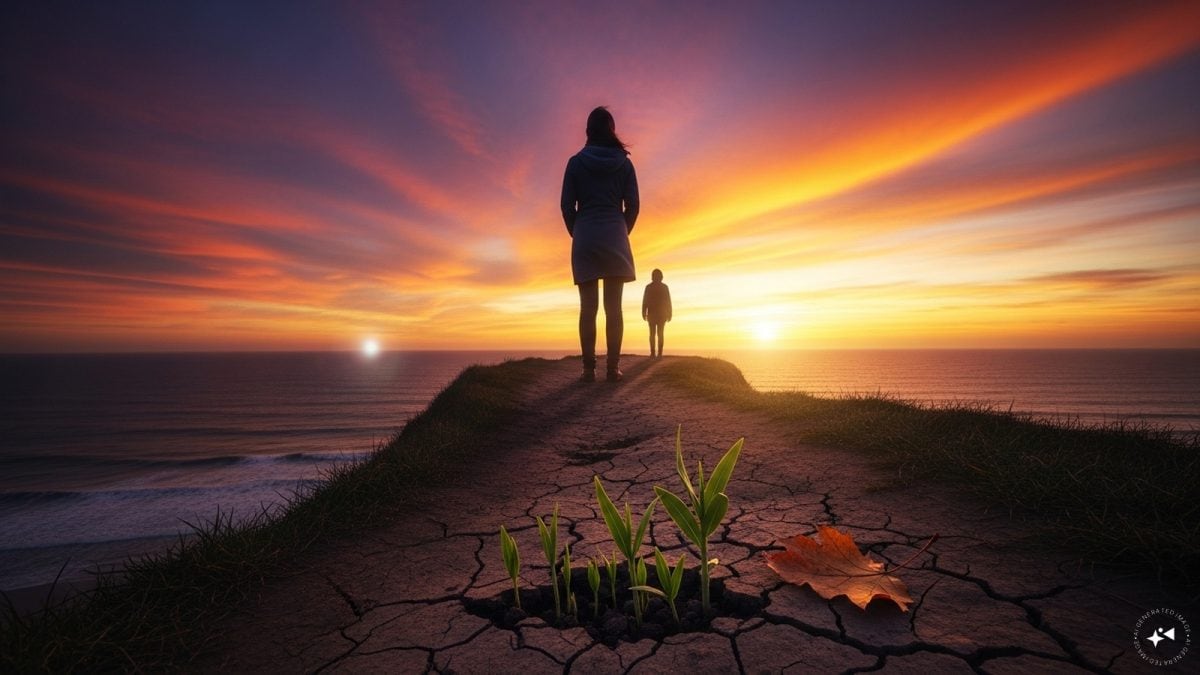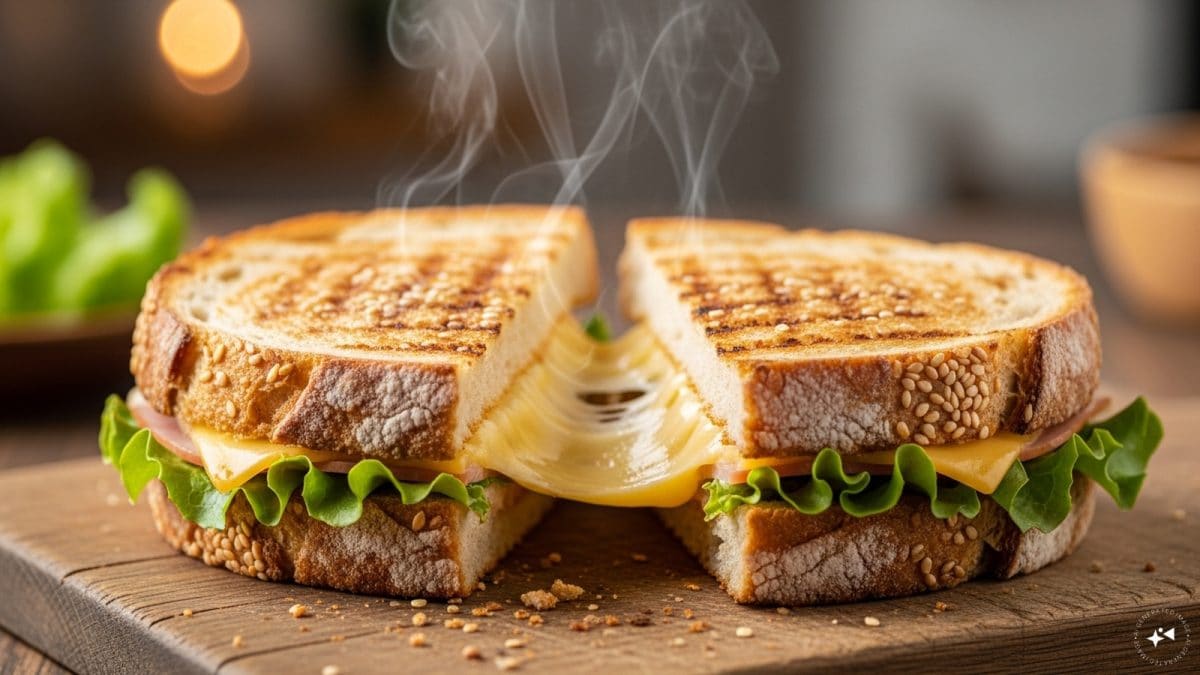Last Updated:
Engage children in hands-on science at home with safe, colorful experiments using everyday kitchen items and household materials.

Kids explore exciting, hands-on kitchen science experiments (AI-generated Image)
Teaching science concepts such as density or chemistry to kids can be challenging. Words just don’t cut it. Now you don’t need to have a lab to make learning science fun. Using simple materials from your kitchen or craft supply box, a typical afternoon can become a hands-on adventure.
From foamy volcanoes to dancing raisins, they’re easy, safe, and fun to watch. It’s a great way to teach the idea of an acid-base reaction.
The Soda Volcano
A foamy eruption always astounds children.
Materials to Use:
- Baking soda
- Vinegar
- Food colouring (optional)
- Small bottle or container
- Spill tray
How to Do the Experiment:
Put the bottle on the tray and insert two to three spoonfuls of baking soda. Insert a few drops of food colouring for added pizzazz. Pour vinegar into the bottle slowly and observe as colorful foam erupts.
What Kids Can Learn:
This introduces an acid-base reaction. The baking soda (base) and vinegar (acid) release the carbon dioxide gas, producing the fizzing explosion.
The Dishwashing Liquid Boat Experiment
This experiment integrates engineering and science.
Materials to Use:
- Large bowl of water
- Small cardboard or plastic “boats”
- Dishwashing liquid
How to Conduct the Experiment:
Place the small boat on the water. Dip a cotton bud in dishwashing liquid and touch the water behind the boat. The boat moves forward as if by magic.
What Kids Can Learn:
Kids discover surface tension. Water molecules cling to each other like a close-knit group of pals. Dish soap disrupts this tension, and the boat will glide forward.
Rainbow in a Glass
Stacking liquids of varying density produces a visual treat.
Materials to Use:
- Honey
- Washing-up liquid
- Water
- Oil
- Food colouring
- Tall clear glass
How to Do the Experiment:
Fill with honey first, then washing-up liquid. Add coloured water and then oil, gently pouring each layer over a spoon. There are clear layers created, a rainbow effect.
What Kids Can Learn:
This illustrates density. There are the heavier liquids sitting at the bottom, and lighter ones floating on top. Children understand why some objects float and others sink.
Dancing Raisins
Raisins do a “dance” in carbonated drinks.
Materials to Use:
- Clear glass
- Lemonade or sparkling water
- Raisins
How to Conduct the Experiment:
Place lemonade in a glass and add raisins. Bubbles adhere to their surface, raising them up. When bubbles burst, the raisins return to sinking again and again.
What Children Can Learn:
This demonstrates buoyancy and gas. The raisins appear to move because the rising bubbles create a playful, bouncing effect in the liquid.
Homemade Slime
Slime is a childhood classic for good reason.
Items to Use:
- White PVA glue
- Baking soda
- Contact lens solution (with boric acid)
- Food colouring (optional)
How to Do the Experiment:
Pour glue into a bowl and stir in a pinch of baking soda. Add food colouring if desired. Slowly add contact lens solution while stirring. The mixture thickens and pulls from the sides. Keep Kneading the mixture until it forms a cohesive, malleable mass ready to play with.
What Kids Can Learn:
Kids create a polymer. The glue has long molecules; boric acid holds them together to create a bouncy, stretchy material. It’s a real-world lesson in material change. The glue has long chains of molecules, and the boric acid in the contact lens solution holds the chains together.
In this day and age of screens, these experiments ignite wonder and inquiry. Children learn to pose the questions, “Why did that happen? What if we do it differently? Science is a fun adventure, and parents get to come along.
About the Author

Nishad Thaivalappil is a Lifestyle and Entertainment Journalist with almost a decade-long odyssey in the realms of movies, music, culture, food, and travel. He leads the Lifestyle desk at News18.com. Besides ha…Read More
Nishad Thaivalappil is a Lifestyle and Entertainment Journalist with almost a decade-long odyssey in the realms of movies, music, culture, food, and travel. He leads the Lifestyle desk at News18.com. Besides ha… Read More









